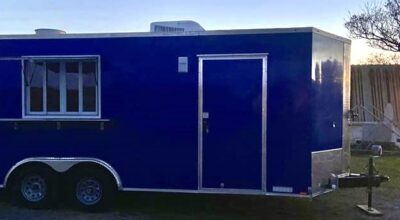USFWS responds to concerned residents
Published 6:10 pm Wednesday, March 9, 2016
The United States Fish and Wildlife Service is defending its policy to hold water levels to the soil surface around Pocosin Lakes.
After hearing the concerns of farmers, specifically from the Pungo unit of the Pocosin Lakes National Wildlife Refuge and surrounding areas, at the N.C. Agriculture and Forestry Awareness Study Commission meeting in Belhaven almost a month ago, USFWS representatives prepared a report responding to some of the questions.
“Established in 1991, the Pocosin Lakes NWR now totals over 110,000 acres within Hyde, Tyrrell and Washington counties. The majority of the refuge consists of pocosin habitat, characterized by deep, high organic-content soils (peat) and southeastern shrub bog vegetation,” the report states.
With this type of habitat, USFWS officials say it is best to keep the soil saturated, as it supports wildlife species and protects against devastating wildfires.
But because of heavier rainfall over the past two years, residents in and around the refuge have noticed more flooding and an overwhelmed drainage system because of the saturated soil, prompting concerns as to the issues it could cause for agriculture.
“The problem comes in when it rains, when there is a significant rain,” said Mike Godley, president of Beaufort County Farm Bureau, in an interview last week. “That water has no place to stay. It has to go and it goes into the drainage system, and it’s all going at once.”
According to the USFWS, the flooding problems are not because of its policies, but rather the wet weather.
“The Refuge is located on a peat dome. Excess rainfall has to drain off the dome, and the original drainage system moved water off the Refuge quickly, thereby flooding downstream landowners. … Restoration efforts promote rainfall retention in the dome’s peat soils rather than allowing it to immediately drain out via the pre-establishment ditch system,” the report stated.
“We’re not causing flooding through our management. Flooding is being caused by rainfall,” the report also stated.
As the problems persist, David Viker, regional chief for the National Wildlife Refuge System, said officials are slated to speak more about management and restoration at the Study Commission’s April meeting, and are expected to take a field tour, as well.
The report stated that the USFWS will continue to monitor the conditions and are happy to talk about any concerns. For now, Pocosin Lakes residents continue to wait for the amount of saturation to lessen.
“It’s critical to growing crops at all, but it’s certainly an issue that’s well beyond just farmers,” Godley said.




